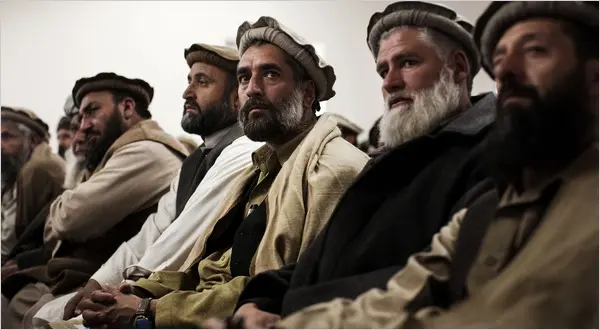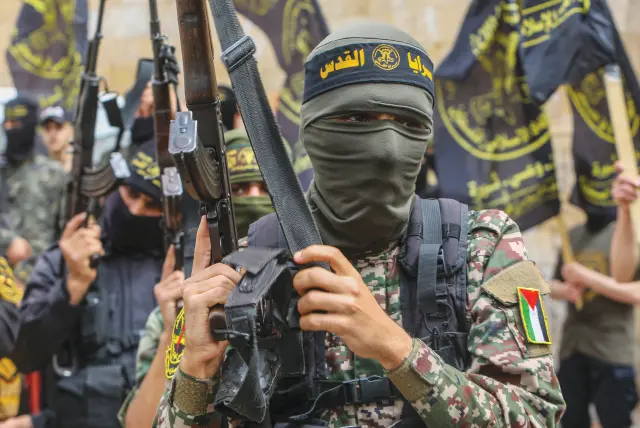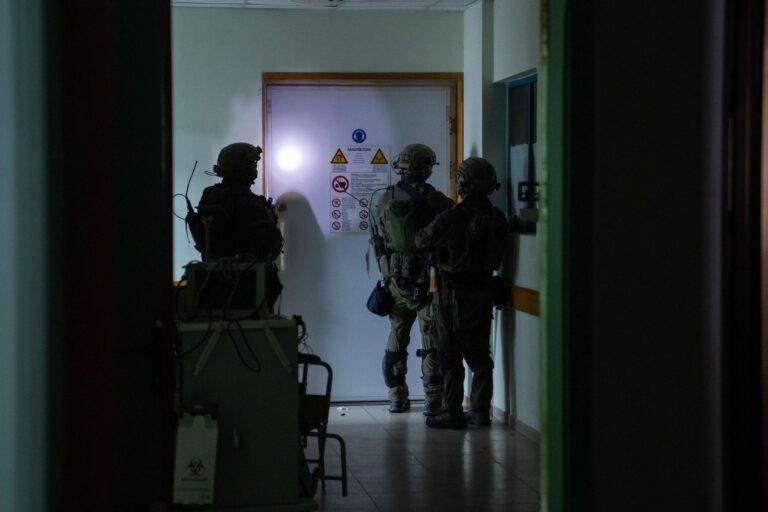Examining the root causes of the failure by Israeli intelligence on October 7, 2023 with clear eyes and an open mind is essential to avoid the same mistakes in the future.
There is no precedent for such a monumental failure in the history of Israeli intelligence like attack on Israel that happened on October 7, 2023.
The events of 2023 point to a systemic failure at all levels, not personal mistakes. That makes the case different from intelligence misjudgment in Afghanistan and Ukraine, with predominant systematic errors in assessment of operational space and ethnic peculiarities.

More on this story: Errors in intelligence assessment: Afghanistan and Ukraine
The failure is at the level of intelligence warning, the military response to the attack, and even the actions of Israel’s political leadership.
In Israel the failure was systemic. It involves both the level of collection and at the level of assessment. It relates both to the IMI and the Israel Security Agency (ISA). It has already become clear that the intelligence collection mechanisms failed to detect large-scale preparations for an all-out attack from the Gaza Strip. Israel’s threat scenario list unlikely comprised raid or invasion from the Gaza Strip, with major attention paid to Iran, Syria, and Lebanon. A massive intelligence system failed to detect the preparatory actions by the assailing forces.
When the perceived enemy is Palestinian civilians and when Israel Defense Forces (IDF) soldiers spend their time guarding settlements and worshipers, instead of engaging in hard training, the result is catastrophic. On October 7, there were the operations of an army whose main mission is occupation. Given what we saw on that day, namely more than 1,000 civilian and military casualties and approximately 150 kidnapped Israelis, it is not clear how the IDF army will be able to face the upcoming challenges in this war.
When Israeli Prime Minister Benjamin Netanyahu talks about revenge, it is advisable to remember that the Palestinians will not give up their ambition for their state. It is now time to comprehend the full cost of the continuation of the conflict.
Israeli intelligence issued a specific warning to border guards immediately before the attack, flagging a surge in activity, but those warnings went unheeded for unclear reasons.
It is possible that the Israeli services had few to no human sources. Gaza is a closed society. Israel is sure toface major HUMINT challenge now. That may be related to significantly expanding range of threats in the area.
Led by Hamas’ military wing, the al-Qassam Brigades, this alliance includes the Syrian- and Iranian-backed Palestinian Islamic Jihad and a number of secular groups, such as the Fatah-aligned al-Aqsa Martyrs’ Brigades, the Popular Front for the Liberation of Palestine (PFLP) and the Democratic Front for the Liberation of Palestine (DFLP).
Such groups are less-known than Hamas. However, they often bring with them expertise in niche areas, such as handling networks of informants inside Israel, building sophisticated explosives, employing unmanned combat drones, or procuring specialized weaponry. They get support not just from Iran and its other proxies, but also from Russia. They are therefore likely to have contributed greatly to the outcome of Operation al-Aqsa Flood. Their participation also enabled Hamas to launch what essentially amounted to a combined arms assault on Israel. The latter included coordinated land, sea and air elements, which were purposefully low-tech. That may explain why the assailants were able to short-circuit and overwhelm the purportedly impregnable security perimeter that Israel maintains around the Gaza Strip.
Putting aside the individual low-tech elements of the operation, its overall level of tactical organization almost certainly points to considerable support from actors beyond the Gaza Strip. Such actors likely include networks of informants within Israel, as well as possibly Iran and its Lebanese proxy, Hezbollah. Both are well-versed in hybrid warfare and have studied Israeli defense systems more extensively than any other regional actor. Additionally, Iran’s Islamic Revolutionary Guard Corps (IRGC) and Hezbollah’s Lebanese Resistance Brigades are seasoned practitioners of deception operations. They likely coached Hamas, not only on how to carry out Operation al-Aqsa Flood, but more importantly on how to prevent Israel and its allies from gathering intelligence about it.There is no question that an operation of such a magnitude must have taken months —possibly even years— to conceive, develop and organize. Such a complex process would have taken place under the watchful eyes and ears of Israeli and Egyptian intelligence agencies, who have historically faced little resistance in penetrating Palestinian militant groups, including Hamas. Yet none seem to have collected enough intelligence to anticipate the attack. It is equally stunning that the meticulous planning of Operation al-Aqsa Flood appears to have escaped the attention of American intelligence agencies, whose presence in the Middle East is significant.

More on this story: Hamas assault on Israel suggests external support, planning




